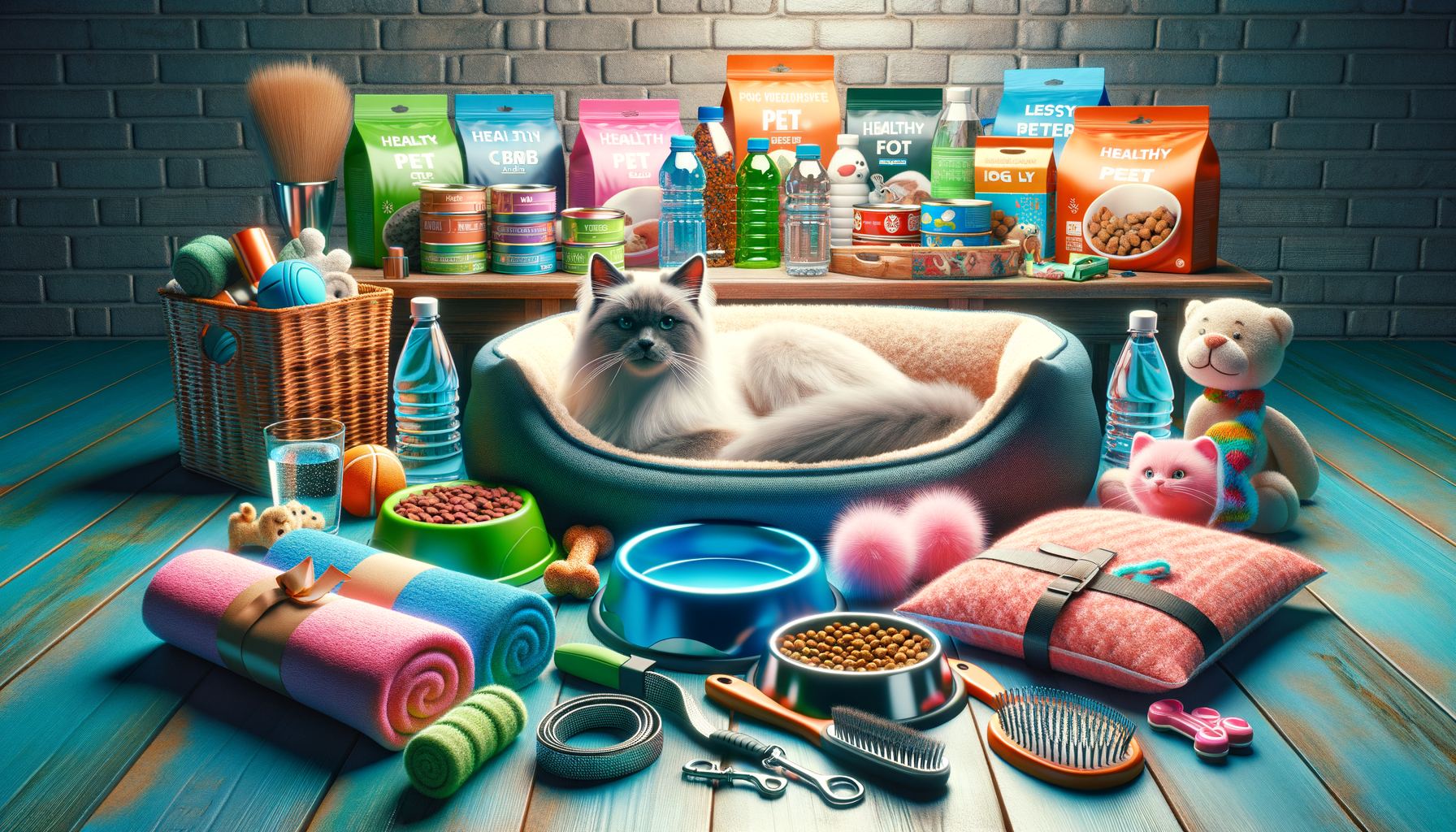Understanding the Basics of Pet Supplies
When it comes to caring for your beloved pets, understanding the basic supplies they need is crucial. These essentials not only ensure their well-being but also enhance their quality of life. Every pet, whether a dog, cat, bird, or small mammal, has a set of basic needs that must be met. For instance, food and water dishes are fundamental. These should be made of safe materials and be easy to clean. Additionally, the type of food and the nutritional content should be tailored to the specific needs of your pet. Dogs may require different nutrients compared to cats, and the age or health condition of your pet can also influence dietary needs.
Bedding is another essential item. A comfortable bed provides a secure and cozy space for your pet to rest. It is important to choose a bed that suits the size and sleeping habits of your pet. For example, some dogs prefer to sprawl out, while others like to curl up. The material of the bed should be durable and washable to maintain hygiene.
Don’t forget about grooming supplies. Regular grooming is vital for maintaining your pet’s health. Brushes, combs, and nail clippers are basic tools that help in keeping your pet clean and comfortable. Grooming also provides an opportunity for you to bond with your pet and check for any signs of health issues such as skin infections or parasites.
Exploring the World of Pet Toys
Toys are more than just a source of entertainment for pets; they are crucial for mental and physical stimulation. Engaging your pet with toys can prevent boredom and destructive behavior. For dogs, toys like chew bones and rubber balls can provide hours of fun and also help in maintaining dental health. Cats, on the other hand, enjoy toys that mimic prey, such as feather wands and laser pointers.
It’s important to select toys that are safe and appropriate for your pet’s size and play style. Small parts can be a choking hazard for larger pets, while overly large toys might not interest smaller animals. Rotating toys and introducing new ones periodically can keep your pet engaged and excited.
Interactive toys, such as puzzle feeders, offer an excellent way to challenge your pet’s problem-solving skills. These toys can be filled with treats and require your pet to figure out how to retrieve them. Not only does this provide mental stimulation, but it also slows down fast eaters, promoting better digestion.
Feeding Essentials for a Healthy Pet
Feeding your pet the right diet is fundamental to their health and longevity. The market offers a wide variety of pet foods, each claiming to provide the necessary nutrients. However, it’s essential to choose a food that meets the specific dietary needs of your pet. Consulting with a veterinarian can provide valuable insights into the best diet for your pet’s age, breed, and health status.
For dogs and cats, a balanced diet typically includes proteins, fats, carbohydrates, vitamins, and minerals. Some pets may require special diets due to allergies or medical conditions. In such cases, prescription diets are available that cater to specific health needs.
In addition to commercial pet foods, some pet owners opt for homemade diets. While this can be beneficial, it’s crucial to ensure that these diets are nutritionally complete. Supplementing with vitamins and minerals may be necessary to avoid deficiencies.
Lastly, always provide fresh, clean water. Hydration is vital for all pets, and water bowls should be cleaned regularly to prevent the growth of bacteria.
Pet Safety: A Priority in Every Home
Ensuring the safety of your pet at home is a top priority. This involves creating a safe environment where your pet can explore and play without the risk of injury. Start by identifying potential hazards in your home. Electrical cords, small objects, and toxic plants are common dangers that should be addressed. Using cord organizers and keeping small items out of reach can prevent accidents.
For pets that spend time outdoors, a secure fence is essential to prevent them from wandering off. Additionally, microchipping and ID tags can help in recovering a lost pet. It’s also important to be aware of seasonal hazards. During winter, antifreeze is a common danger, while summer poses risks of heatstroke and dehydration.
Pet-proofing your home can also involve using gates to restrict access to certain areas, such as the kitchen or bathroom. Safety gates are particularly useful for keeping young pets away from hazardous areas.
Choosing the Right Pet Supplies for Your Lifestyle
Your lifestyle plays a significant role in determining the type of pet supplies you need. If you have a busy schedule, automated feeders and water dispensers can ensure your pet is fed on time. For those who travel frequently, portable pet carriers and travel-friendly bowls are essential.
Active pet owners might consider investing in gear that supports outdoor activities, such as harnesses, leashes, and portable water bottles. On the other hand, if you prefer a more relaxed lifestyle, cozy blankets and interactive toys that your pet can enjoy independently might be more suitable.
Ultimately, the key is to choose supplies that align with your pet’s needs and your lifestyle. By doing so, you ensure that your pet remains happy, healthy, and well-cared for.




Leave a Reply